National Geographic Traveler Weekend Photography Workshop in Scottsdale, Arizona
When you purchase through links on this site we may earn a commission at no extra cost to you. Thank you to National Geographic Traveler for providing a media discount for this workshop. All opinions are my own.
When I learned National Geographic held weekend photography workshops taught by some of their top photographers, I immediately signed up for the one in Arizona. While I never had great ambitions to be a professional photographer, travel photography is something I find myself doing on every trip for sheer enjoyment and I wanted to improve my skills.
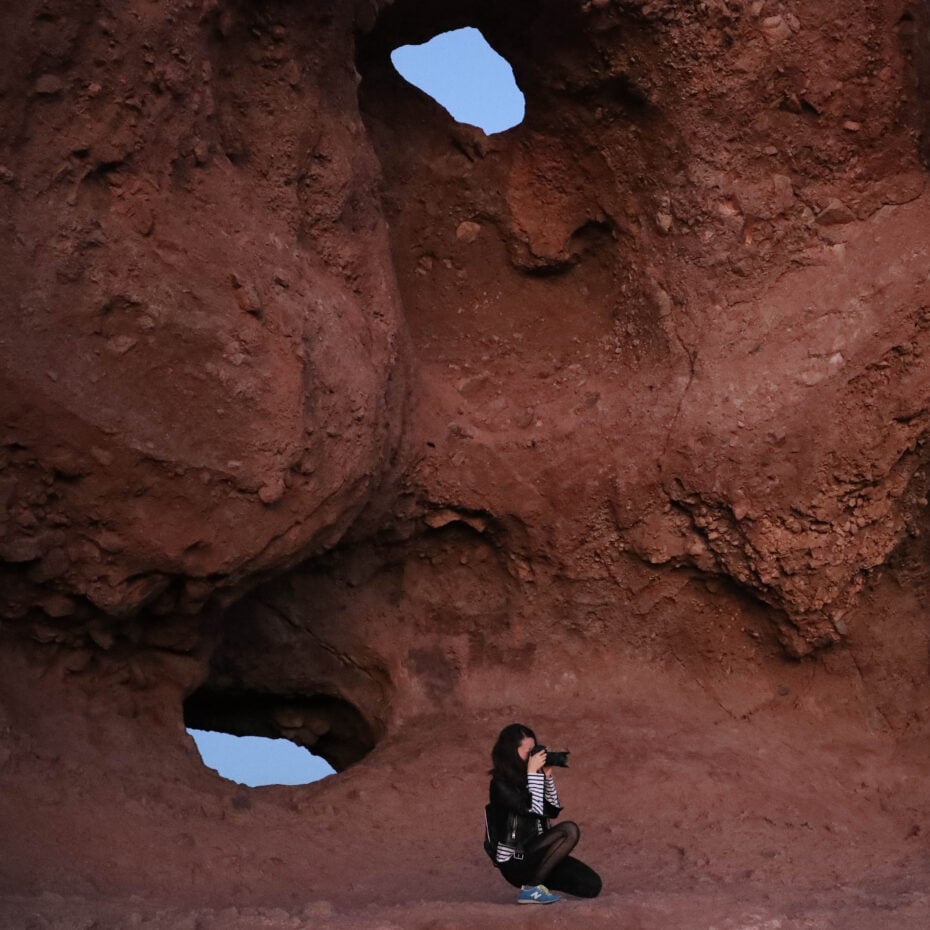
I landed on a Friday morning and had time to relax at the hotel before the evening's Welcome Reception. Andaz Scottsdale Resort & Spa is a new luxury hotel, very artsy and a design lover's dream. I spent my downtown lounging by the pool, drinking elderflower cocktails, and taking in the view of Camelback Mountain.
During the reception, I met the other students. There were 21 of us in total. Most of the students I talked to seemed to be hobbyists with no serious ambitions to work professionally as photographers either. Even the student with enough Canon gear to rival any pro's was reluctant to place his work in magazines, fearing it might hamper the fun of his favourite pastime. My main motivation was to get better shots for my travel posts. Learning from some of the best travel photographers in the world seemed like a good place to start. The other students' easygoing attitudes and the general lack of competition between us made the weekend even more enjoyable.
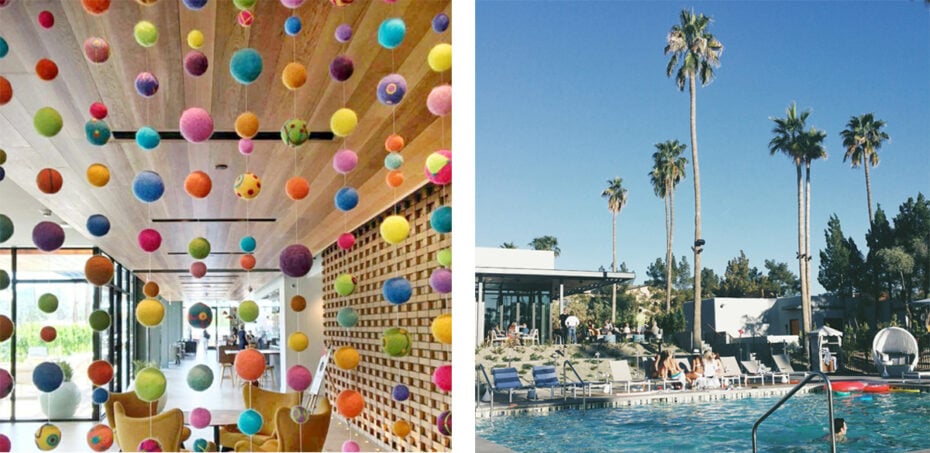
Our two main instructors, National Geographic photographers Nevada Wier and Dan Westergren, gave a special presentation featuring their own stunning work. Nevada's main message was to remember you're an artist when traveling with a camera and not just get the obvious shots. Dan ran us through his process of how he gets those National Geographic-worthy pics on a travel assignment. I found it reassuring that the photos he took at the start of the trip were not unlike the mediocre ones we all take we're in a relatively unphotogenic location. We got to see what he had to do to get the spectacular shots, and I can respect the amount of work required. He ran us through his process for another challenging travel assignment later during the weekend and, combined with Nevada's stories of how she gets her best photos, I got a practical sense of what it would take to reach their level.
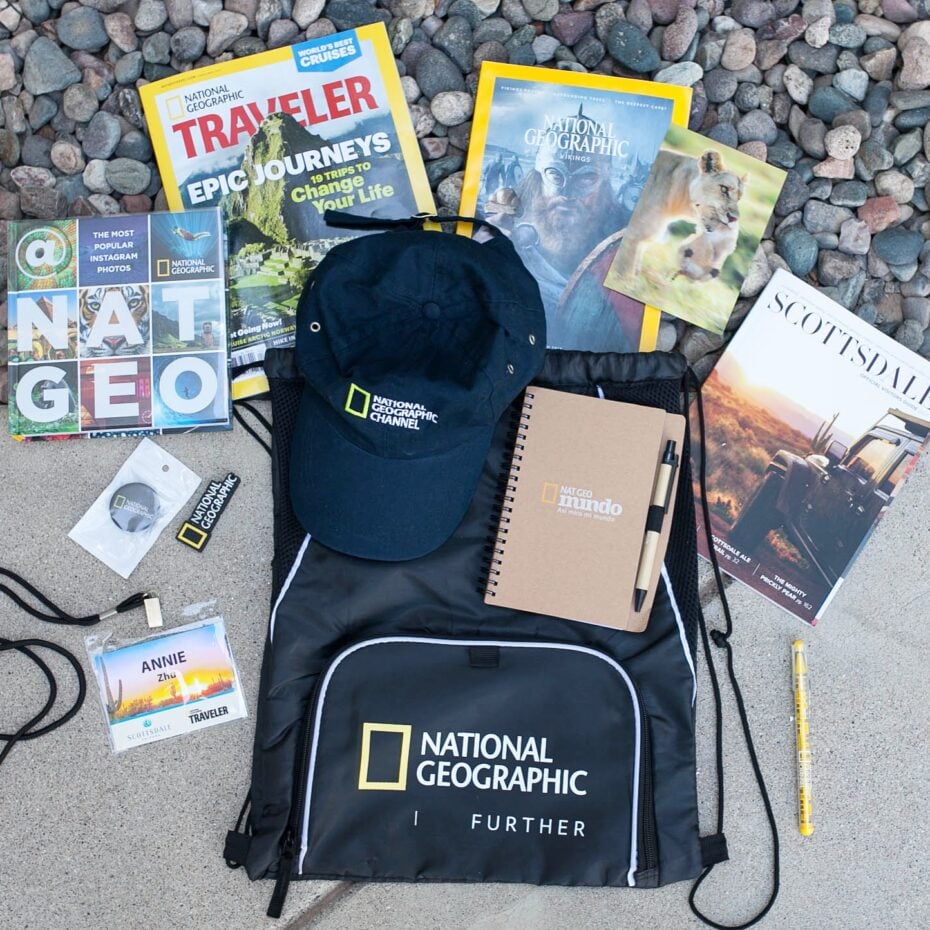
On Saturday, the teachers covered a lot of the technical aspects of working with digital photography in the classroom, but they stressed that there was no magic button on the camera to make the lighting perfect. Learning to shoot completely in manual mode and having a variety of lenses and fancy equipment was also not going to make miracles. The truth is that even the pros will use automatic settings on digital cameras most of the time, so nobody needs to feel guilty for preferring Shutter or Aperture Priority mode. Whatever lens you have on hand is the best lens.
I quickly learned this when they took us to a horse ranch later in the afternoon. At Bein Performance Horses, we had opportunities to shoot action photos, landscapes, and portraits. We split up into three groups, alternating under the guidance of Dan, Nevada, and locally-based Nat Geo photographer Kevin S. Moul, to shoot three different models (real horse riders on the ranch) in different scenarios.
I'd only brought my 35mm prime lens on the trip, which did limit me to a lot of wide shots. A zoom lens would've helped cover some range and get some good close-up shots. But as Nevada said, whatever lens you have is the best lens, and I did manage to capture some images I was happy with. The quality of the camera isn't even a big factor as long as you have your other elements lined up. A few students only had small point-and-shoot cameras, and they got some great photographs.
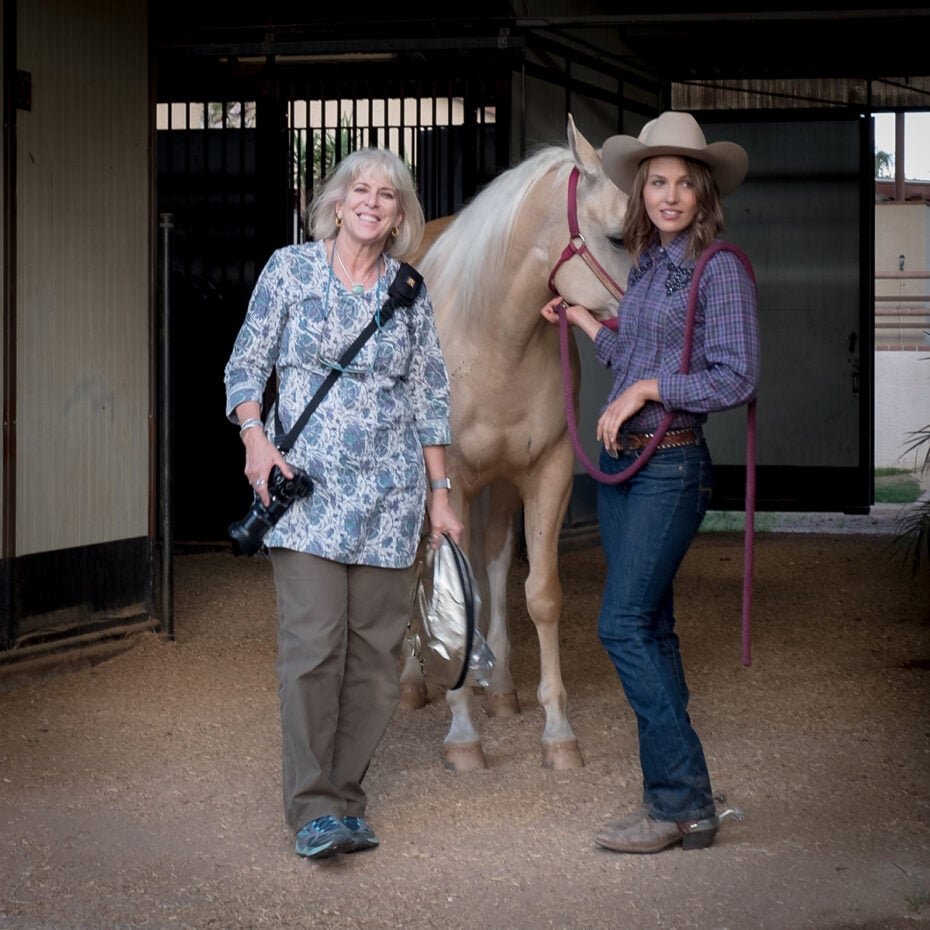
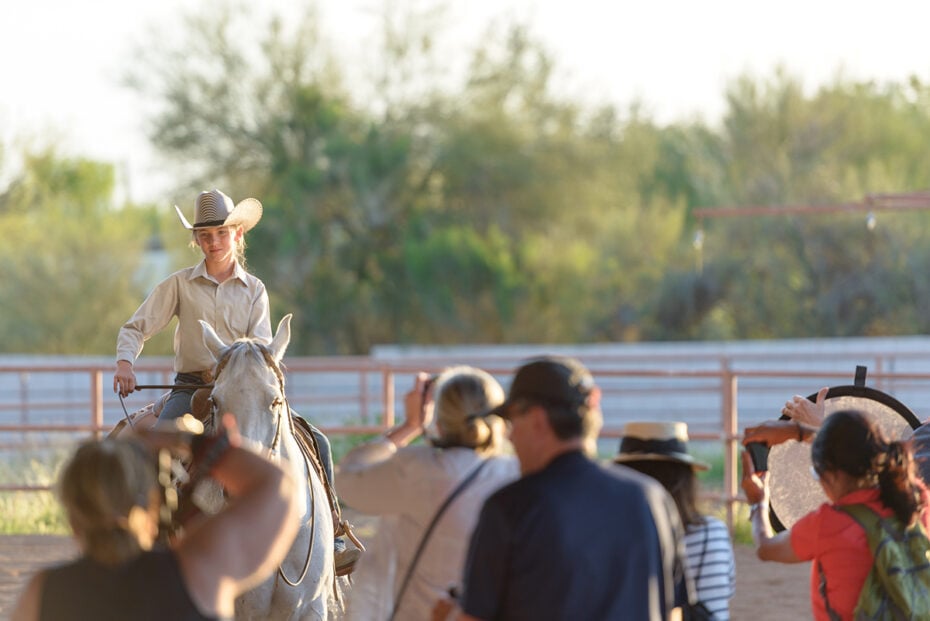
Sunday morning was an early one for us as we had to meet at 5:40 a.m. to go to Papago Park, "Hole-in-the-Rock." We arrived before sunrise and had opportunities to capture nature shots and landscapes in the best lighting conditions. I got to put into the practice some of the things I'd learned in the classroom: trying out different compositions, looking for the story in the photo, using different settings on my camera, and working with light.
Nevada and Dan both said that some of their best shots had been taken during times they really hadn't felt like shooting, such as dead early in the mornings, or when the weather is crappy but ideal for photographs. They do not take magnificent photos every time; if they did, the challenge would be gone and photography wouldn't be as fun. Their pursuit of excellence is what still drives them after all their years in the field.
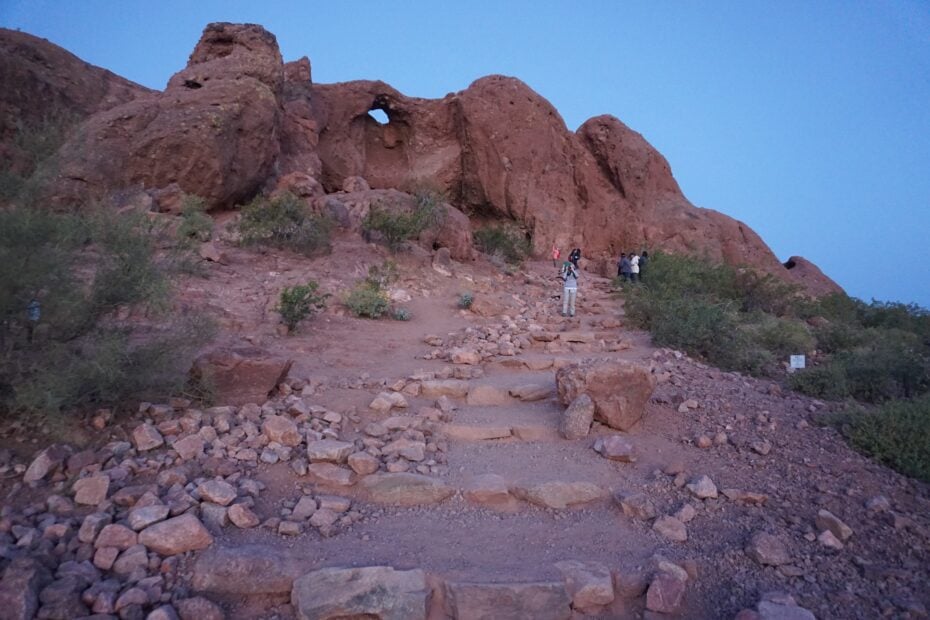
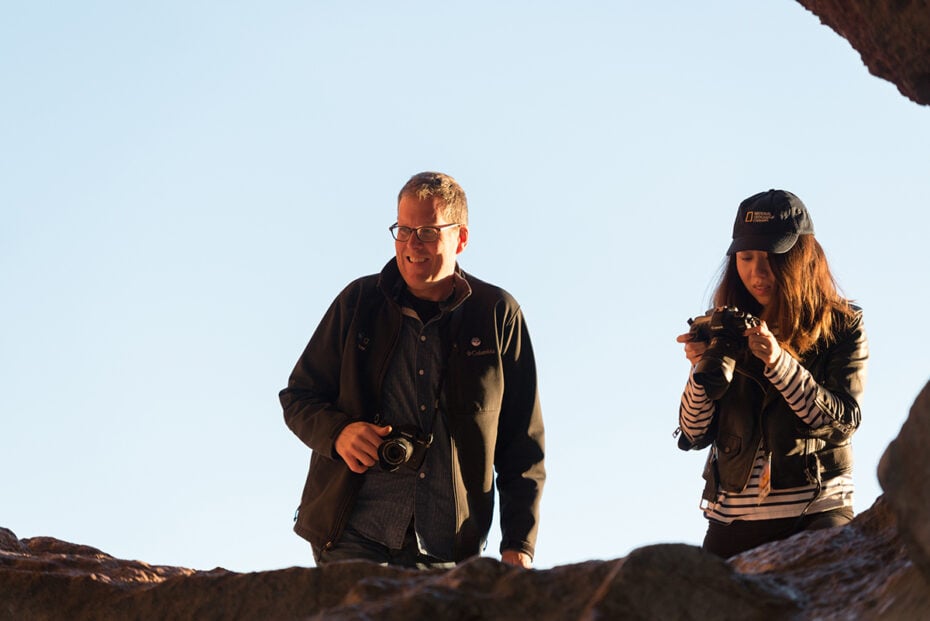
For such accomplished photographers, our instructors were completely unpretentious. They were friendly, approachable, and only happy to share their knowledge. After the photoshoot, they helped us narrow our images down to our best five, which was then projected and discussed in the classroom after lunch. Nevada, Dan, and Kevin went through each of our five, pointing out the strengths of the image, and when necessary, what could've been improved. I found it helpful to learn from other people's work.
My best 5 are in the slideshow below, with explanations on why I chose each one. I'd probably shot 1200 to 1400 photos in total throughout this weekend.
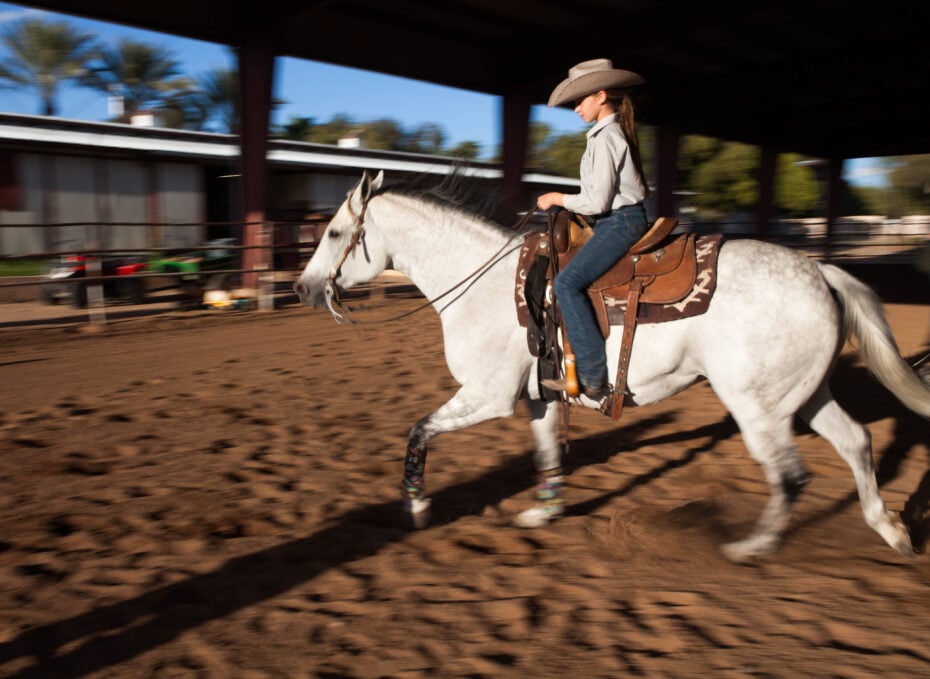
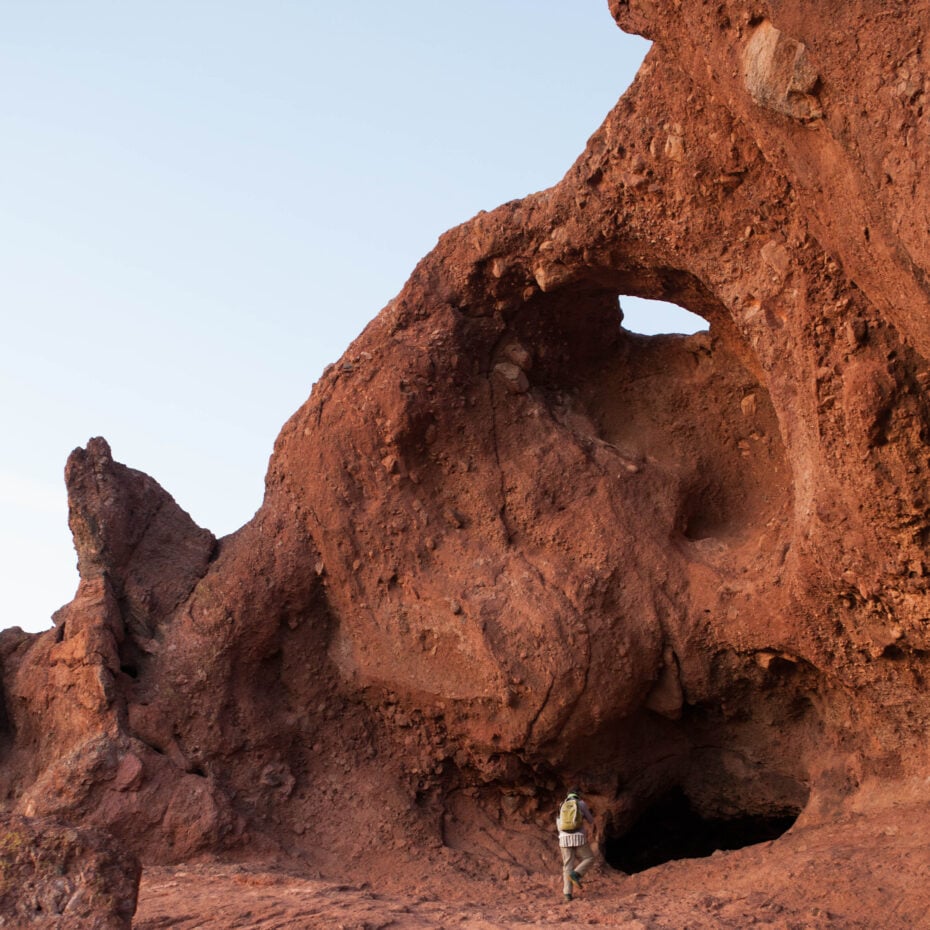
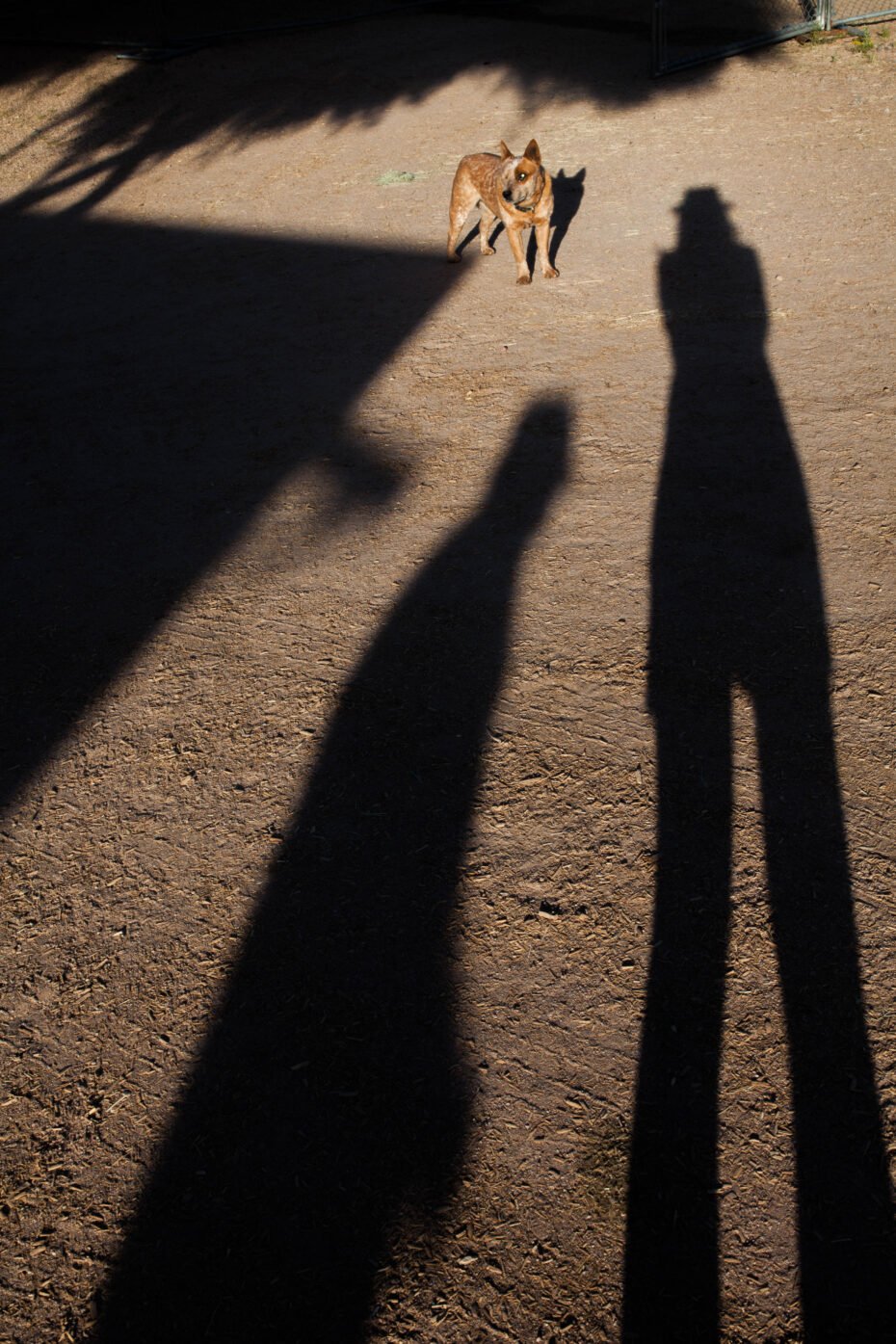
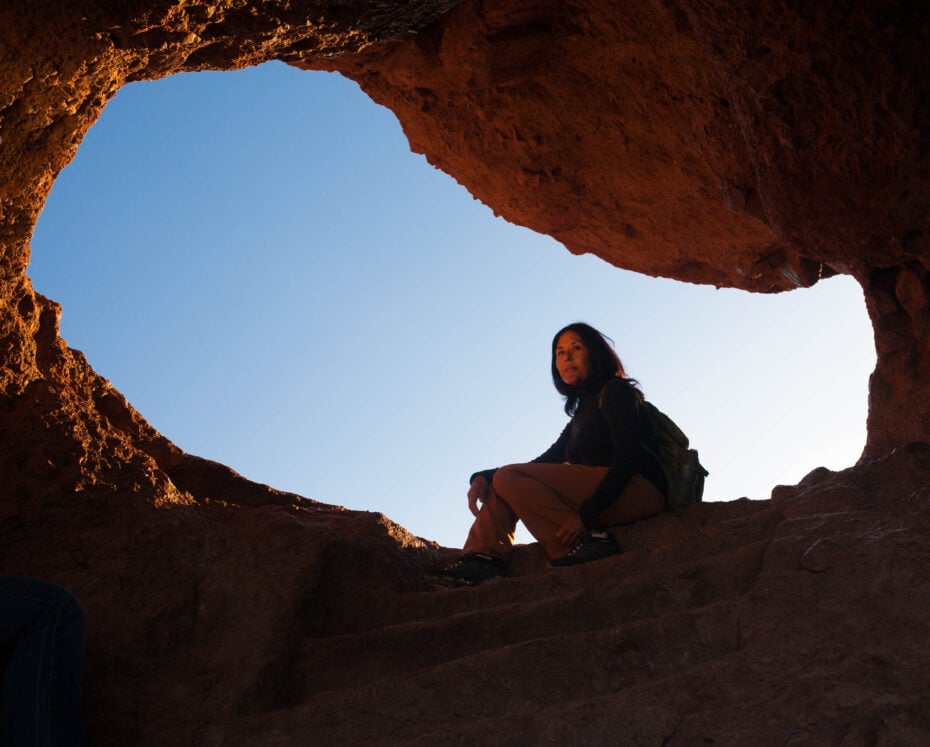
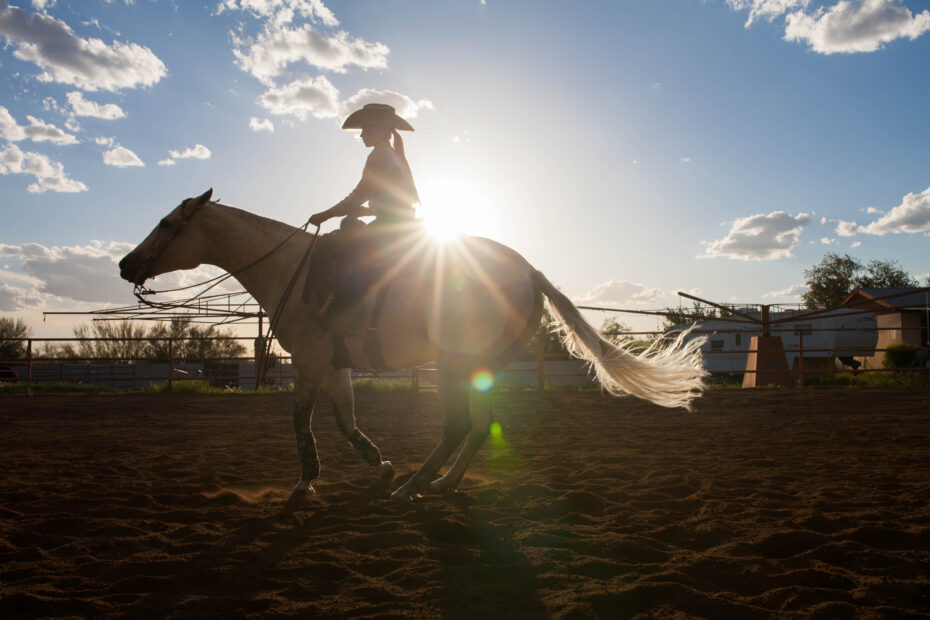
By the Closing Reception on Sunday evening, I had met many lovely people. I learned so much in less than three days and now had the tools to go to the next level with my photography. As a result of spending time with Nat Geo pros, I’m more confident with the camera and different equipment, such as reflectors and flash. I will continue to practice as I travel.
Nevada and Dan are now shooting more and more with mirrorless cameras because they’re lighter to travel with and the image quality is almost as good as, if not comparable to, DSLRs’. As technology advances, photographers adapt and take advantage. That gave me reassurance the Fujifilm X-T20 camera I’d been eyeing was a good investment. My Canon 5D is great, but it’s too heavy to drag around all day. I’ll be shooting with my brand new mirrorless Fuji on my trip to Sweden next week, so we’ll see how that goes.
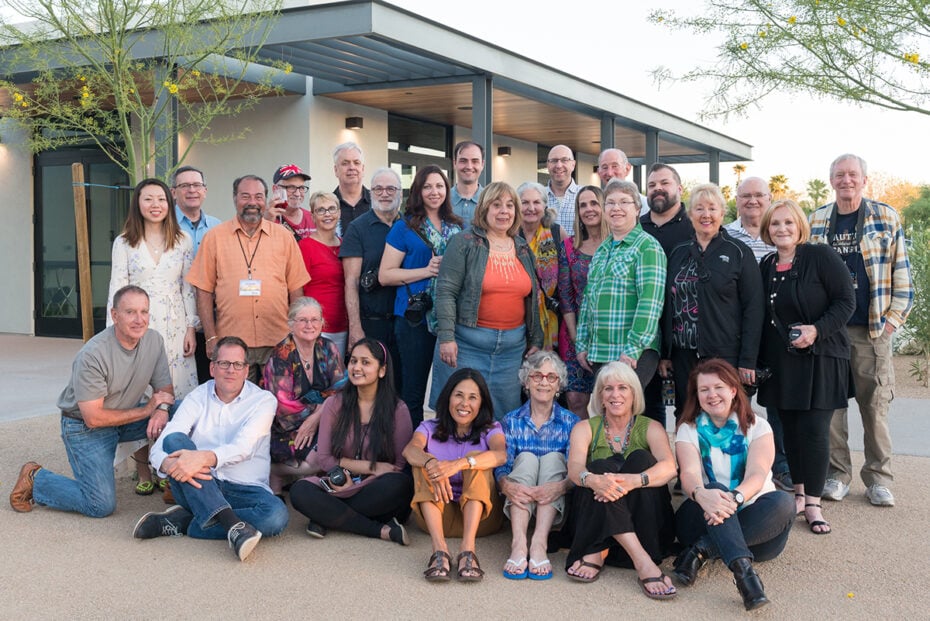
The National Geographic Traveler’s Weekend Photography Workshop would be for you if you already have a basic working knowledge of digital cameras (aperture, shutter, ISO), want to work with natural lighting, and shoot real-life scenarios. It’s not for you if want to learn how to manipulate images in Photoshop, learn studio photography, or shoot on film.
I hear the workshop in Scottsdale, which has been running for the past seven years, is a little different than the ones from National Geographic Expeditions. I haven’t gone to those to compare, but they also sound fun. The Scottsdale weekend workshop is set up by National Geographic Traveler magazine and it should return next year. If you’re interested in going, I recommend bookmarking this link and reaching out to the contact person listed.
I had high expectations for this workshop, but the experience far exceeded it. I’m still in touch with the friends I met on the trip too. Thanks for the memories!